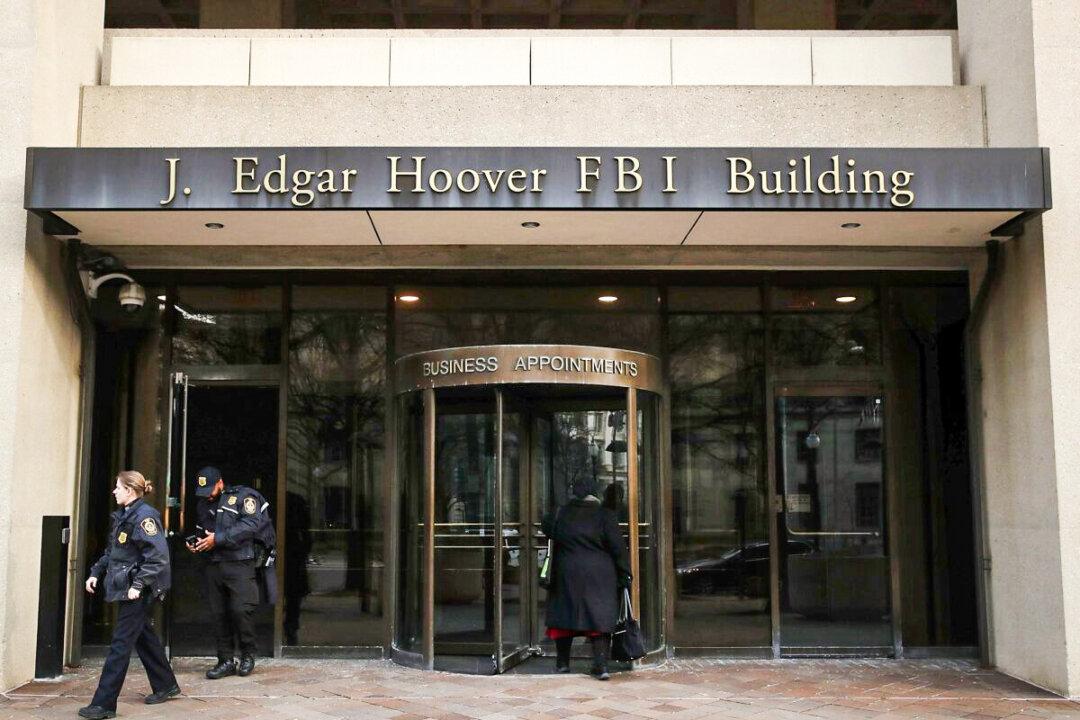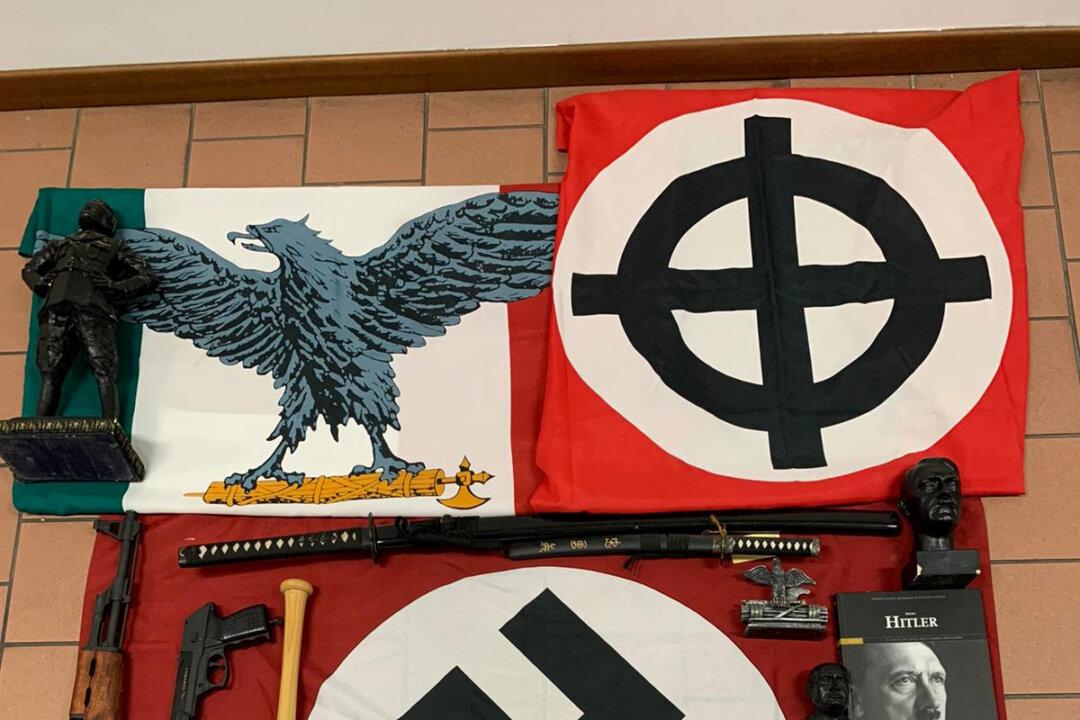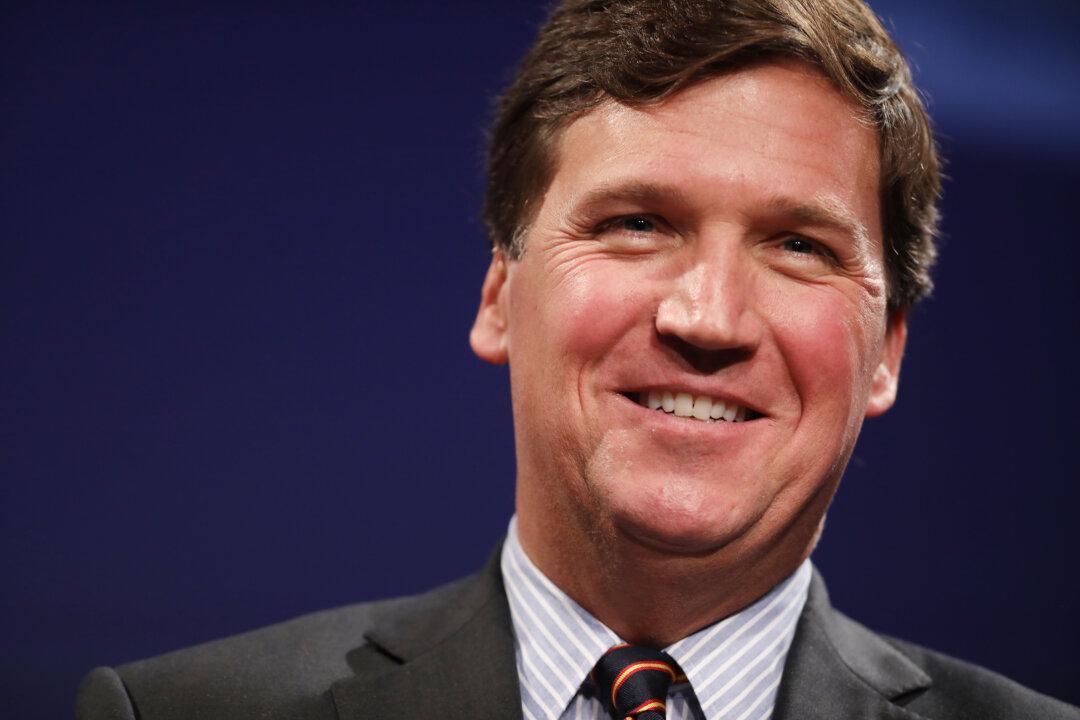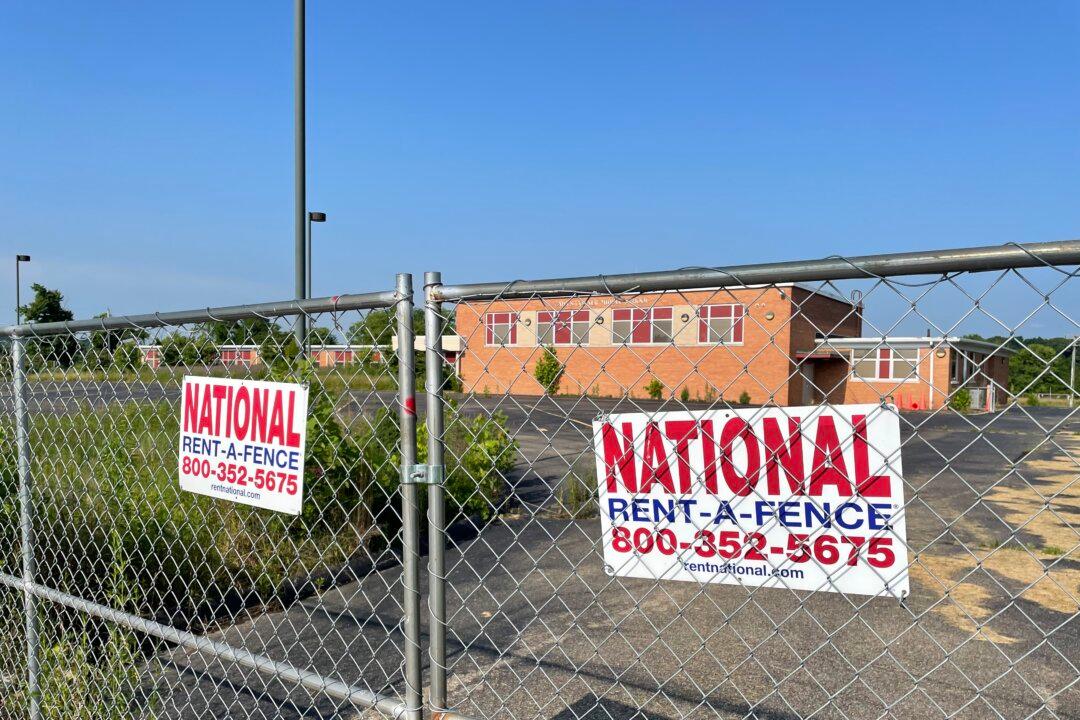The Biden administration’s assessment that domestic violent extremism is one of the greatest threats facing the United States isn’t the first time the federal government has made such a declaration.
Some 50 years ago, President Richard Nixon made a similar statement, deeming “revolutionary terrorism” as the gravest threat facing the homeland.




